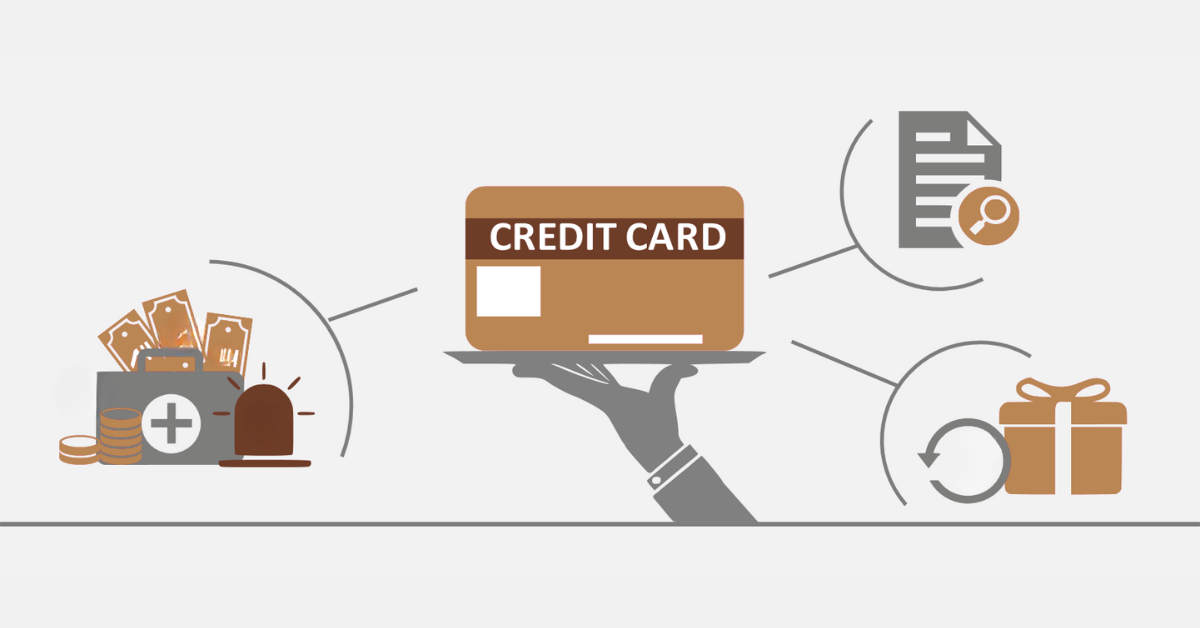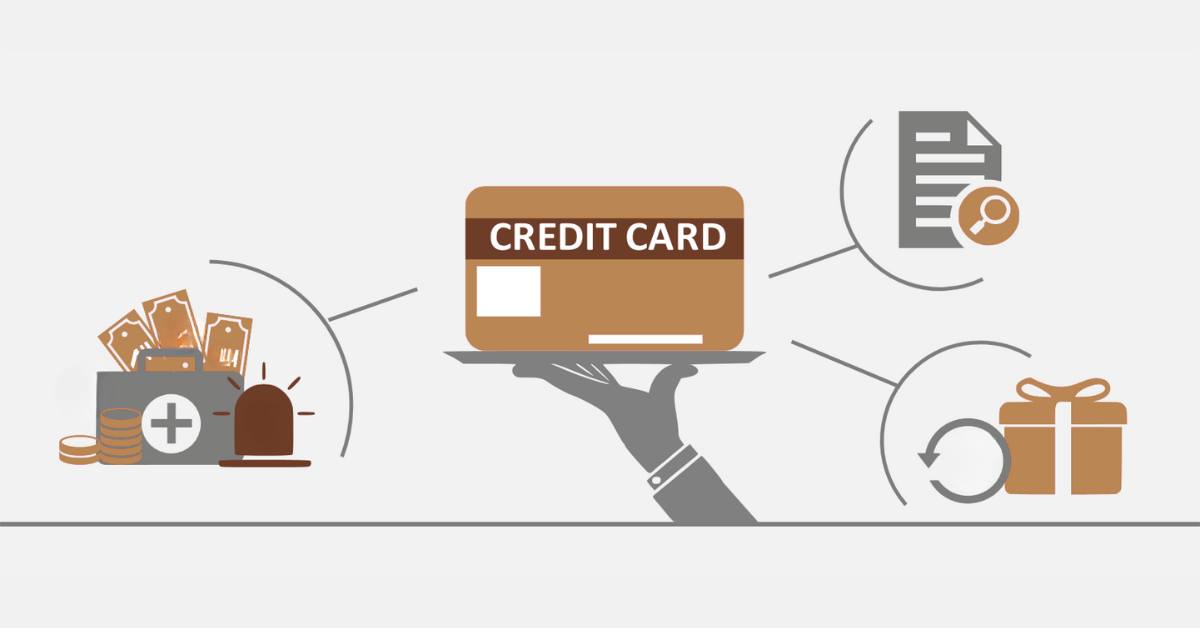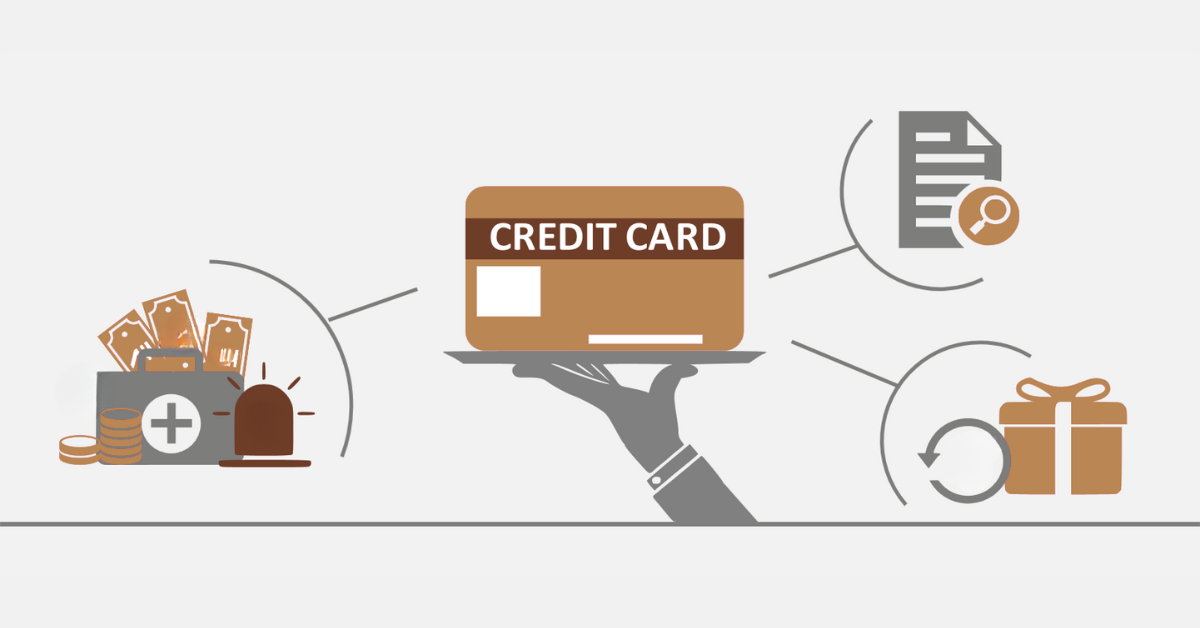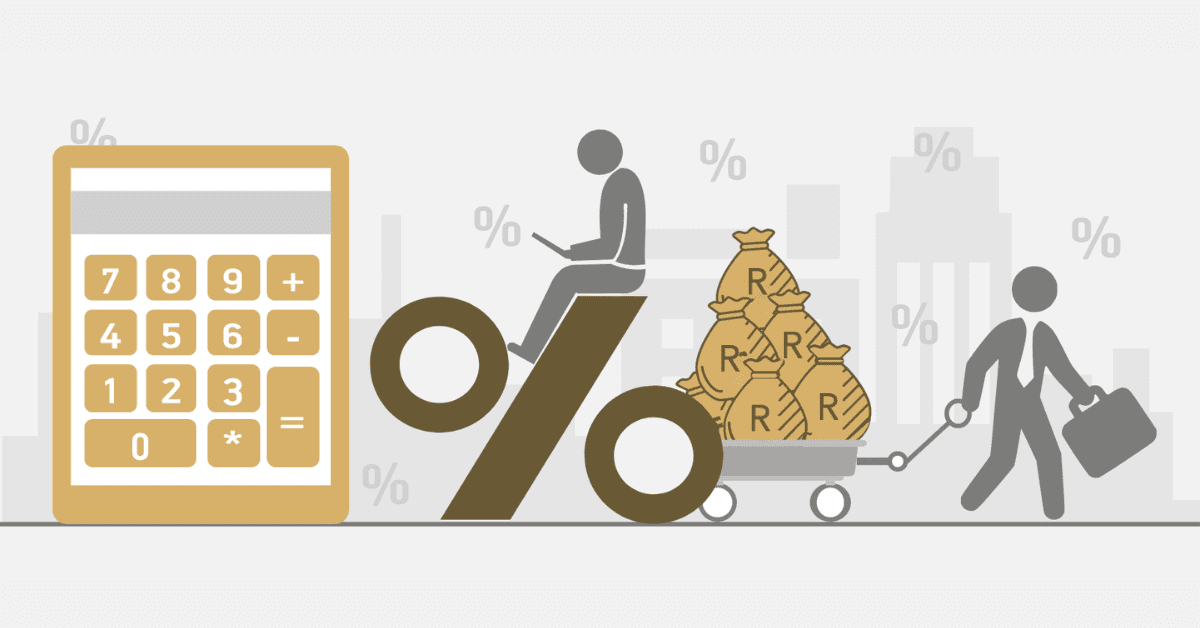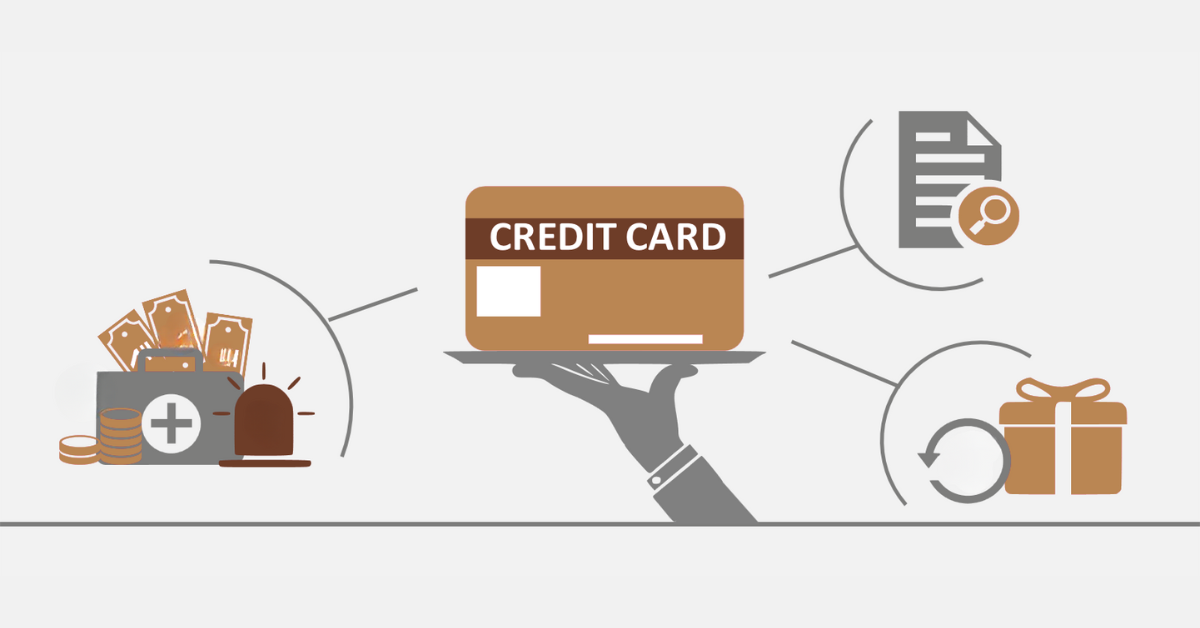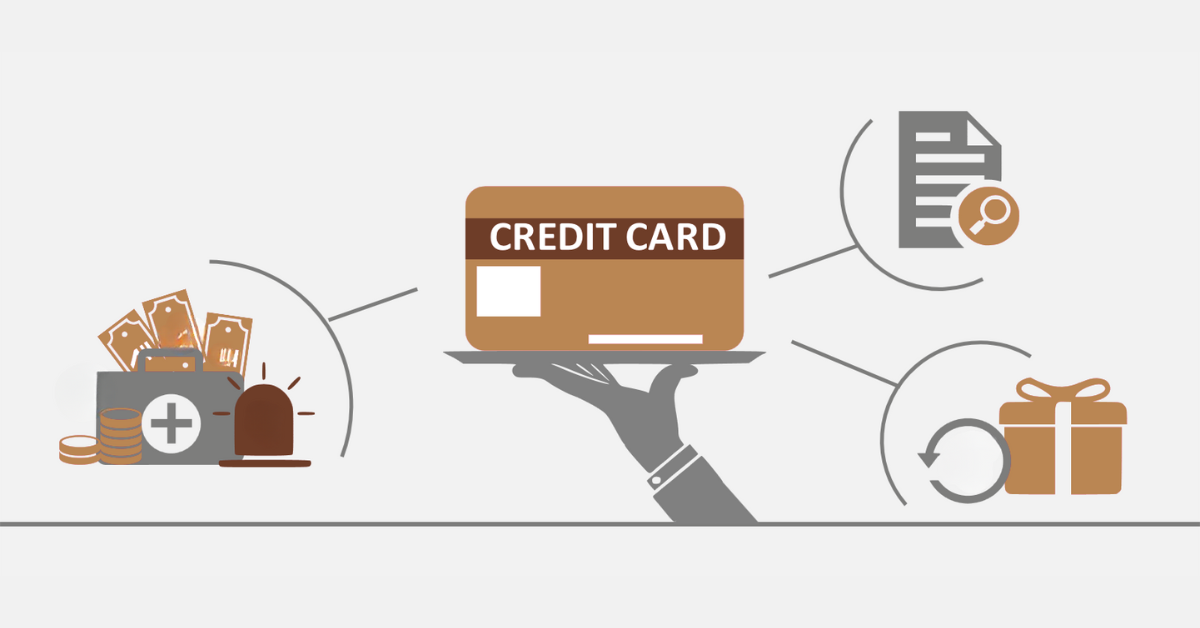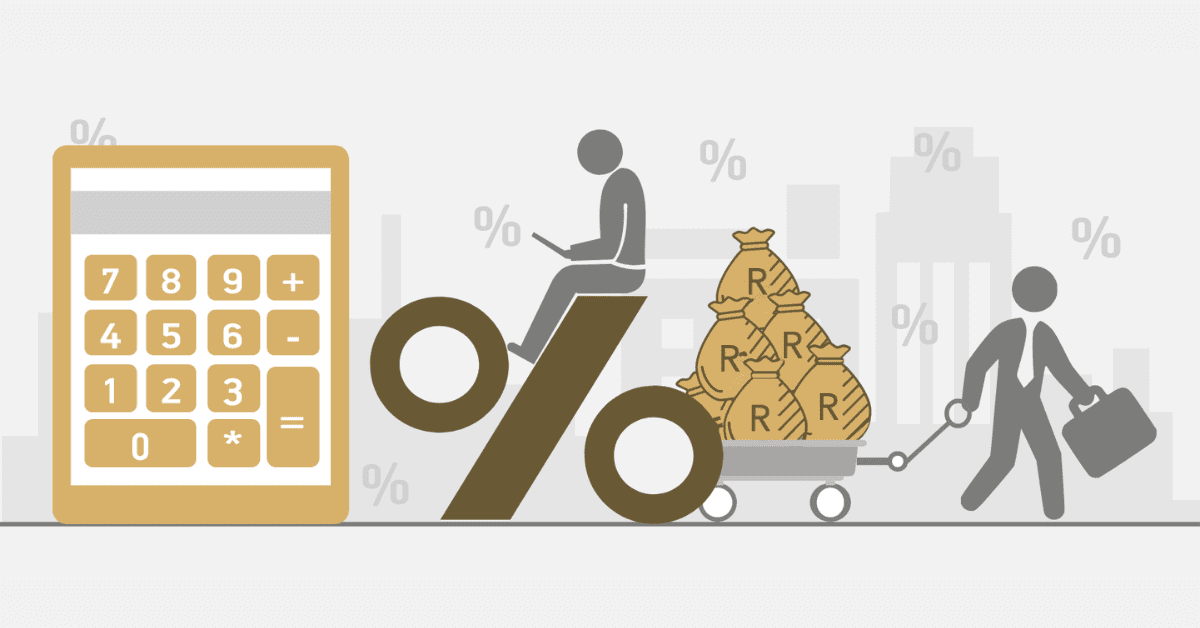The two most vital aspects of the financial world are credits and debts. They are often confused but very dissimilar. Credit is the trust that makes one party provide resources to another, where the other party does not pay back the former immediately but promises to do so to the latter at a later date. Debt is an alternate obligation that emanates from the borrowing of resources. It is the amount that an individual is supposed to pay back, with the money borrowed usually attached to returns. This article dissects those ideas, makes clear the differences concerning the role of personal economic finance, and establishes a clear influence on financial health, leading to informed decisions.
How Is Credit Different From Debt?
Sometimes, some terminologies such as credit and debt seem to be used interchangeably yet mean two different financial terms. Credit is the ability of a financial institution to give one the possibility of borrowing money and access to goods or services to be paid back later, normally with interest. It actually means trust from a financial institution or seller in which you give the promise to pay the sum you have borrowed.
On the other hand, a debt is the amount for which you are actually liable. It is the accumulation of borrowed funds for which the borrower is legally to be repossessed by the lender. Using credit to make purchases creates a debt. For example, if you buy a laptop using a credit card, the amount you have charged to the card becomes your debt.
Good management of both is, therefore, very necessary for sound financial health. Good management of credit shall build a positive history, and in time, it could have made its availability easier to grant loans on beneficial terms. Mismanagement of debt could be a cause of financial strain in many senses—from leading to very high interest and penalties to the effects on your credit.
Which Is Better, Debit Or Credit?
In finance, debt and credit represent two core elements, but they have different meanings to individuals and firms.
Debt is money lent to somebody that always has to be repaid, normally with an added percentage over and above one’s principal amount. It literally represents a liability, and if not well managed, it does represent a burden. Financing investments with borrowed money determines the cost of debts mathematically and extends the probability of financial distress if used poorly or if the debtor defaults in paying.
Credit is the ability in the other form, on the other hand, to borrow money or access goods and services with the promise of paying off in the future. Sure, that could be useful as it gives elastic management of money, and gracious use can even help build a credit history, but excessive use can accrue debt.
Whether it’s “better” or “wigger” depends on management. Responsible access may work for good, while excessive access may ruin one’s reputation and chance for worthy financing. No matter how much, the questions remain; one has to weigh his financial status and the desired level of wealth. Financial literacy and cautious management will be key underpinnings that will make debt and credit work to someone’s advantage.
What Differentiates Debit And Credit Balances?
The balance of debits versus the balance of credits is one fundamental difference within accounting principles.
Debit balance implies that all debits made to an account are greater in amount than the total credits posted to the same account. It generally represents an increase in expenses or assets. For example, in the cash account, when a firm’s total outflow of cash is far more than that of the inflow, the account will depict an increase in the amount showing the firm’s cash available.
A credit balance, on the other hand, indicates total credits in an account greater than total debits. This normally reflects liabilities, income or equity. For example, where an entity has issued bonds to investors, the account of the bond may have a credit balance, portraying the amount that the company owes the bondholders.
Is Cash A Debit Or Credit?
Cash is an asset. Increases and decreases in an asset account balance, from or to the balance sheet, are usually recorded as debits or credits.
When cash is received, the asset account increases. Receiving cash is the same as receiving money added to your account. The increase is recorded as a debit. For instance, when a customer makes a payment in physical notes, the transaction is debited to the cash account.
Similarly, if money is paid out of or withdrawn from an asset, the balance in the account is reduced. This reduction in asset balance shall, however, be in the form of credit. For example, if the business pays a supplier in cash, a credit entry should be made into the cash account.
In other words, said amounts are debited if cash balances increase and are to be credited if they decrease. It is rather distinctly understood that debit and credit are two accounting terms and do not really mean an increase or decrease as they would in common language.


